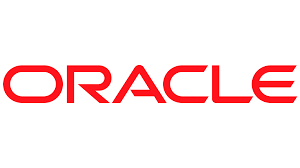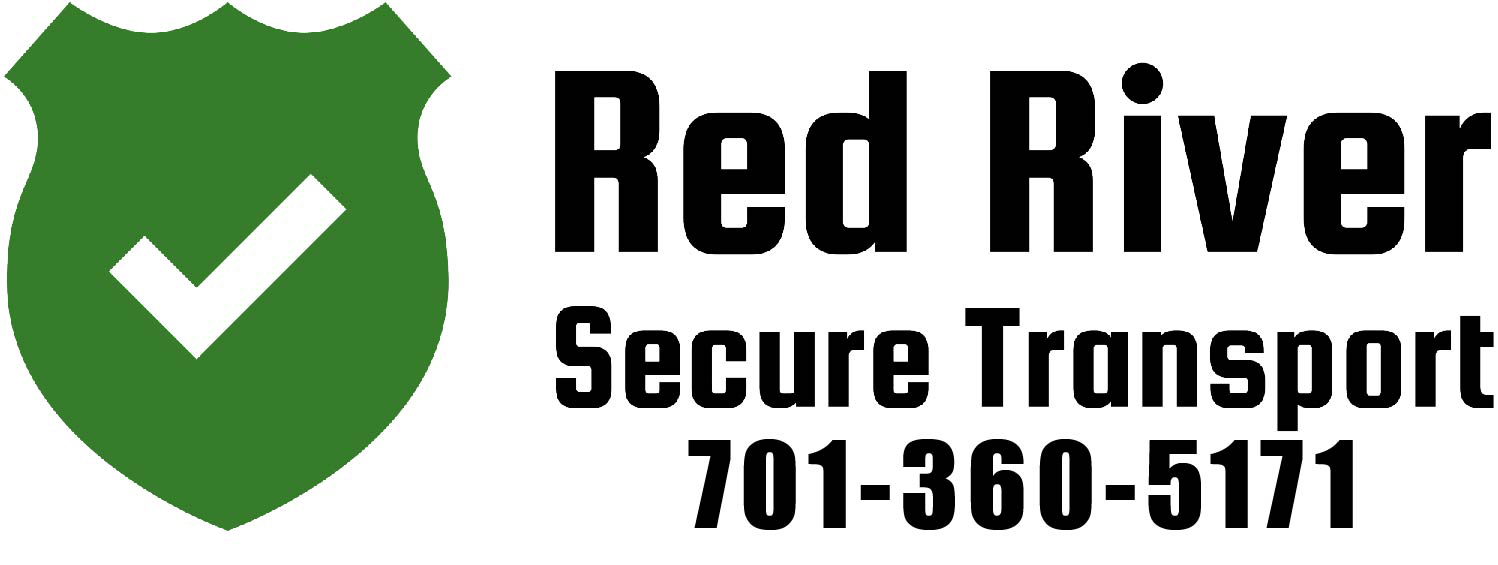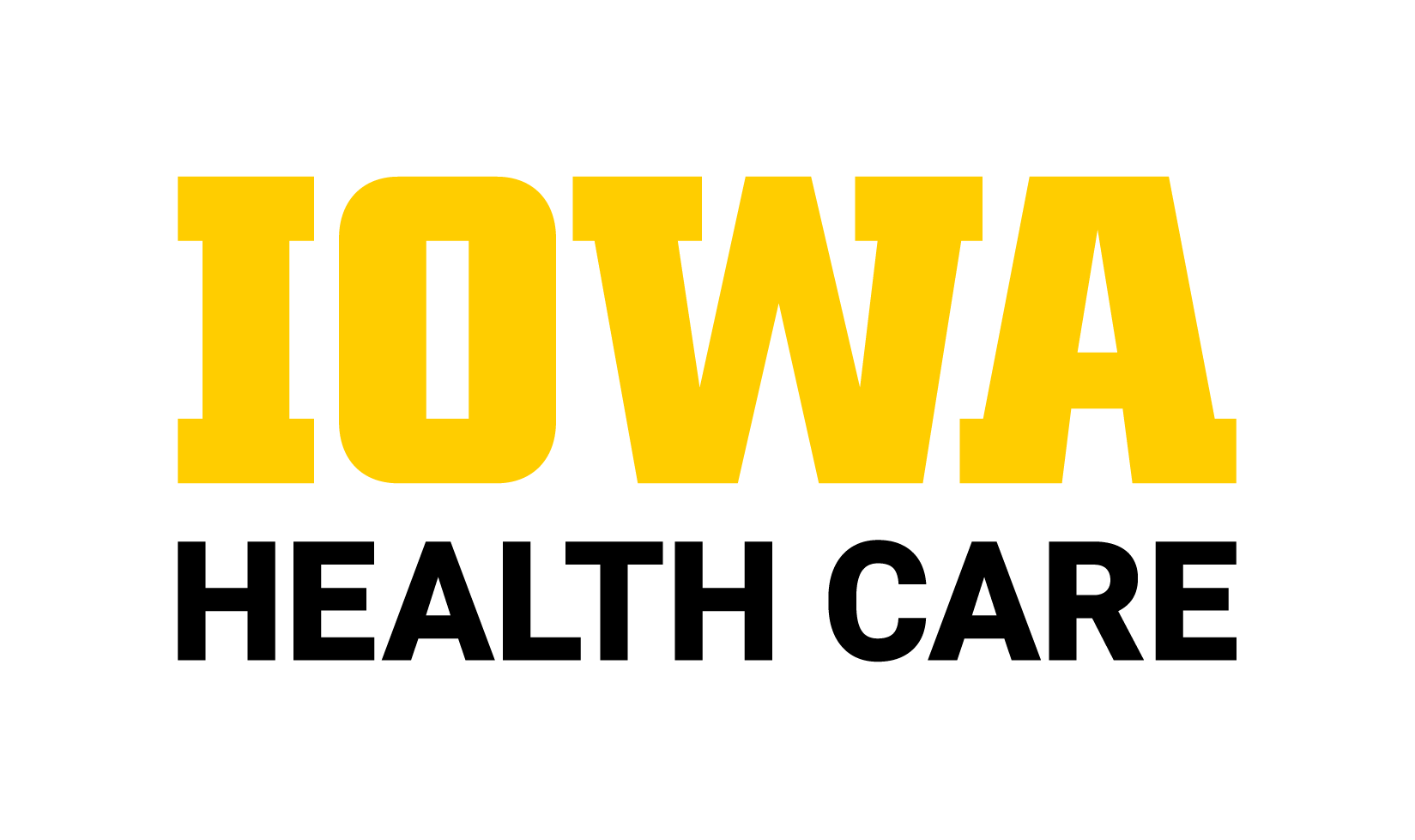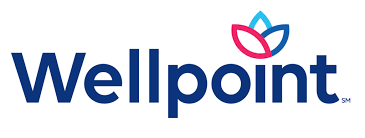What are community health centers (CHCs)?
- Equitable access to healthcare: Community health centers (CHCs) are composed of local, non-profit, community-owned healthcare providers serving low income and medically under-resourced communities. CHCs work to address disparities to ensure access to healthcare.
- Medically under-resourced areas are defined as having a high percentage of people living in poverty, areas with few primary care physicians, higher than average infant mortality rates, and high percentages of the elderly.
- All CHCs must commit to providing services for everyone, regardless of insurance status or ability to pay. For those without coverage, CHCs offer a sliding fee scale that adjusts charges for care according to income.
- Integrated care model: CHCs utilize an integrated care model where patients can access comprehensive medical, behavioral health, dental, and pharmacy services. All CHCs offer a broad range of enabling services to address barriers to care a patient might face such as lack of transportation, homelessness, food insecurity, and more.
- Local solutions: At least 51% of the governing board members at a CHC are patients of the clinic. This policy is a defining characteristic of CHCs and ensures that the board is directly invested in the quality of the clinic and that the operations of the CHC reflect the local community needs.
Who do community health centers serve?
- 1 in 11 people across the country, including nearly 245,000 individuals in Iowa.
- 90% of health center patients in Iowa have household incomes at or below 200% of the federal poverty level.
- 19% of health center patients in Iowa are uninsured and 50% are covered under Medicaid.
How do community health centers make a difference?
Economic Impact and Cost-Effectiveness
- Impacting local economies: CHCs have a total economic impact of $328 million in Iowa and $85 billion nationally. This economic impact is felt most strongly in rural and under-resourced areas contributing to improved quality of life.
- Iowa CHCs employ over 2,100 individuals.
- For every $1 invested solely in federal Health Center Program 330 funding, Iowa’s CHCs generate $4.40 in total economic activity across the state.
- Lower cost of care: A University of Chicago study including 13 states found that CHCs save Medicaid $2,371 (or 24%) per person on average in total cost of care each year when compared to other providers. The cost of care at Iowa CHCs is 27% lower than other providers.
Community Impact and Access to Care
- Improving the health of communities: Studies consistently show that CHCs provide efficient, cost-effective care that improves health outcomes for their patients resulting in more healthy and productive citizens. The patients of these health centers are also more likely to identify a usual source of care and report having better relationships with their health care providers.
- Keeping children healthy and ready to learn: Iowa CHCs serve over 80,000 children with an integrated care model consisting of medical, behavioral health, dental, and pharmacy services. Examples of services include management of chronic conditions such as asthma or depression, well child visits, sports medicine care, and counseling on nutrition or physical activity. Many CHCs have partnered with local school systems to provide care to children at local school-based health clinics.
- Addressing barriers to care: CHCs also provide services to treat drivers of health such as outreach, transportation, housing, case management, health education, eligibility assistance, and food insecurity.





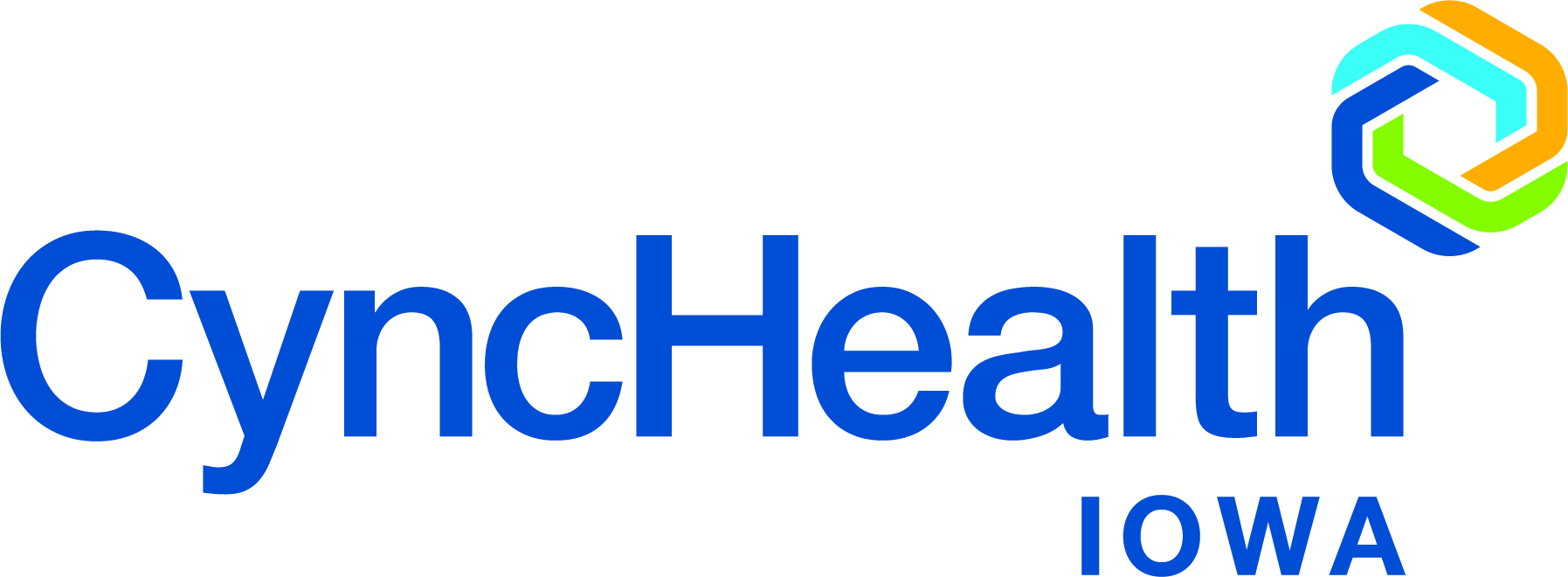










.png)
















